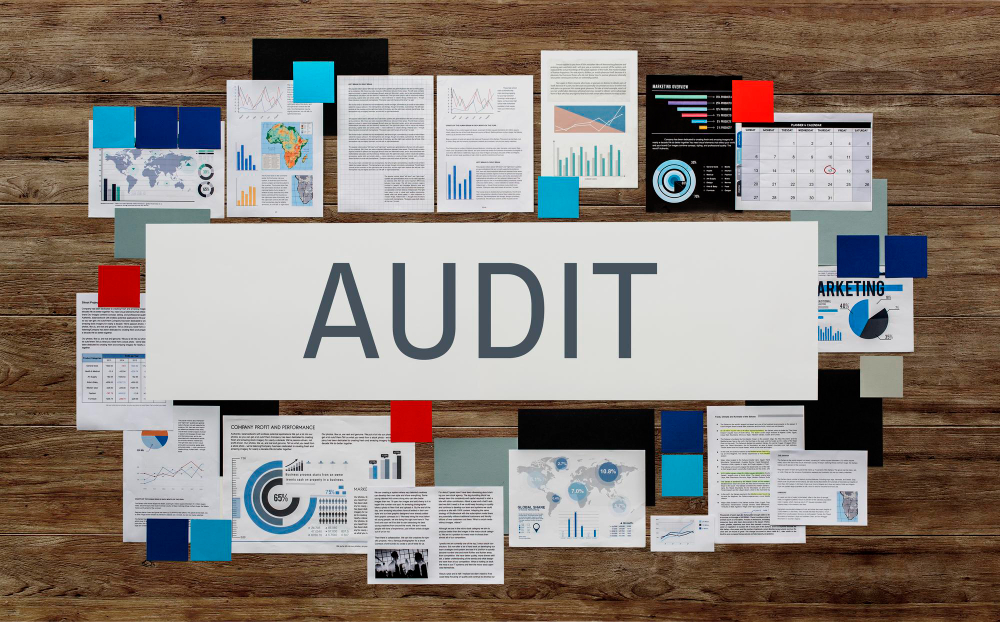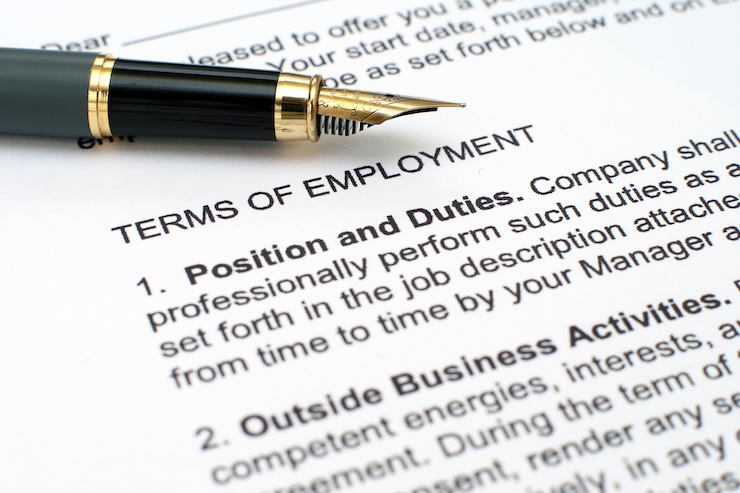A new emissions-trading scheme has some important implications for dealmakers.
The Carbon Reduction Commitment Energy Efficiency Scheme came into effect on 1 April 2010, but many organisations are still unaware of what it is, how it will affect them and how it will need to be considered in the context of M&A transactions.
This UK-wide emissions-trading scheme is for large businesses and public sector organisations that are not “energy-intensive” (e.g. large offices, retailers and local authorities).
It will require organisations with little or no experience in the carbon market to buy and trade allowances, as well as require them to report on and put in place systems to collate data about their energy use and carbon emissions.
Organisations that meet certain qualification criteria based on electricity consumption (measured as of 31 December 2008) are required to register as participants in the CRC scheme by 30 September 2010 (see box).
The government expects that roughly 5,000 large organisations (i.e. organisations with annual electricity spend of £500,000 or more) will fully participate in the scheme initially, and it is estimated that a further 20,000 organisations will be partial participants.
There are seven overlapping phases that businesses must adhere to when implementing the CRC scheme. Phase 1 is three years long and started on 1 April 2010; phases 2 to 7 will each be seven years long and so the scheme will take a generation to be fully implemented.
Since 1 April 2010, full participants have been required to keep an accurate record of energy use in order to produce a comprehensive report at the end of the year along with an evidence pack that includes all data used to produce the report. Partial participants will only need to make information disclosures about their energy usage.
This first year is a reporting-only year, but from April 2011 full participants will need to start buying allowances from
the Environment Agency (EA) – which will initially be sold at a fixed price of £12 per tonne of CO2 – to cover their forecast emissions from April 2011 to March 2012.
Company or group?
A participant is not an individual company but its entire group. Members of a group have to aggregate their electricity consumption to ascertain whether the group as a whole qualifies to participate in the scheme. Each group will have a UK-based member as its primary member to act on its behalf.
Under the scheme, franchisors are responsible for the energy supply of all their franchisees, even if the franchisee is legally owned by another scheme participant. Indeed, each member of a participant group will be held jointly and severally liable for compliance of the other members of the group under the scheme. This is particularly problematic for large corporate groups or groups that are owned by private equity investors where members of the group are commercially unconnected.
The scheme allows parts of a participant group (termed significant group undertakings, or SGUs) to be “disaggregated” from a group to create a new participant group for the purpose of the scheme. This concession will only be applied in limited circumstances and the deadline for any application to disaggregate SGUs from a group in the introductory phase expired at the end of June 2010.
The scheme is mandatory but administered by self-certification by participants, with 20 per cent of them being audited each year by the EA. Penalties for non-compliance may be civil and/or criminal and may be levied against the participant or the director or senior executive nominated to take ultimate responsibility for a participant’s compliance under the scheme.
Fines for non-compliance with the scheme start at £5,000 for failure to register (plus £500 per day for continued violation), with additional charges for failure to report, record or surrender sufficient allowances, and it is expected that fines could easily exceed £50,000.
Where a criminal offence is committed by the director or senior executive, they could be subject to a fine or even imprisonment.
Corporate acquisitions
Any organisation planning to acquire a company or other entity will need to understand the extent to which the purchase will affect its reporting requirements under the scheme and – from next year – how this may affect the purchase of allowances.
The scheme, like other environmental issues, will need to be covered during the due diligence process, and sellers can expect to be asked to give warranties (and potentially indemnities) as to their CRC scheme compliance.
A buyer will need to establish whether the target is a participant, an SGU or a group member of a participant. It then has to ascertain if the acquisition will lead to the target forming part of the purchaser’s group for the purposes of the scheme and whether the target, its parent company or any group member has complied with its obligations under the CRC scheme.
Qualification Criteria
Full participant qualification criteria
Any organisation:
a. which has at any point during the qualification period had at least one half hour meter (HHM) settled on the half hour market; AND
b. whose 2008 annual electricity
supply through all HHMs was at
least 6,000 MWh.
Partial participant qualification criteria
Any organisation:
a. which has at any point during the qualification period had at least one half hour meter (HHM) settled on the half hour market; BUT
b. whose 2008 annual electricity supply through all HHMs was less than 6,000 MWh.
——————————————————————————————————–
For more information contact:
Keith Bottomley, Associate – Corporate
Bircham Dyson Bell LLP
Tel: 020 7783 3575
Email: keithbottomley@bdb-law.co.uk
Web: www.bdb-law.co.uk





